Optimal Timing for Waterproofing Projects
Waterproofing is a critical component in protecting structures from water intrusion and damage. The timing of waterproofing projects can significantly influence their effectiveness and longevity. Proper scheduling ensures optimal adhesion, curing, and performance of waterproofing materials, reducing the risk of future issues.
Ideal for waterproofing due to moderate temperatures and low humidity, which facilitate proper curing and adhesion.
Periods with minimal rainfall prevent delays and ensure that waterproofing applications are not compromised by moisture.
Applying waterproofing prior to forecasted heavy rain helps create a protective barrier before water exposure.
Timing waterproofing after construction ensures all surfaces are prepared and free of debris, enhancing adhesion.

Ways to make Waterproofings work in tight or awkward layouts.
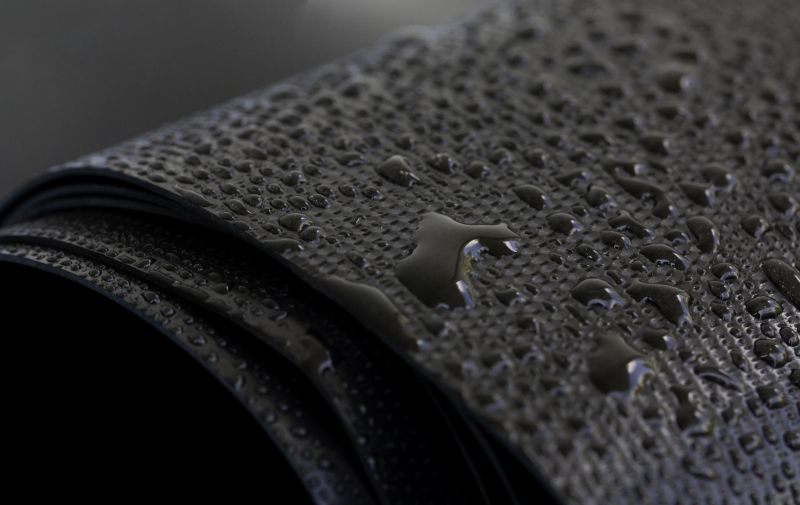
Popular materials for Waterproofings and why they hold up over time.

Simple add-ons that improve Waterproofings without blowing the budget.
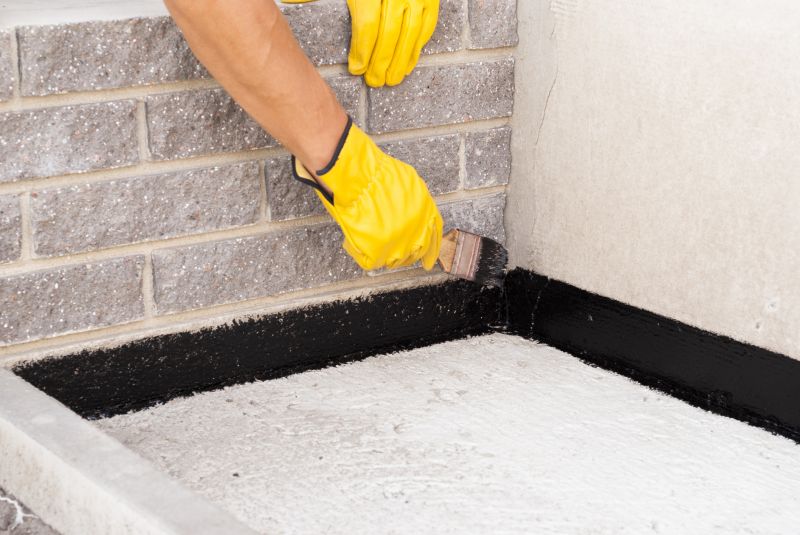
High-end options that actually feel worth it for Waterproofings.
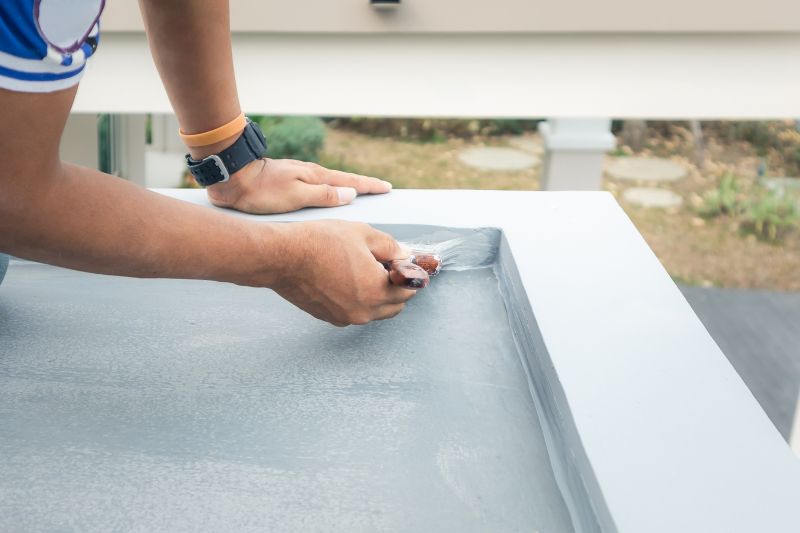
Finishes and colors that play nicely with Waterproofings.
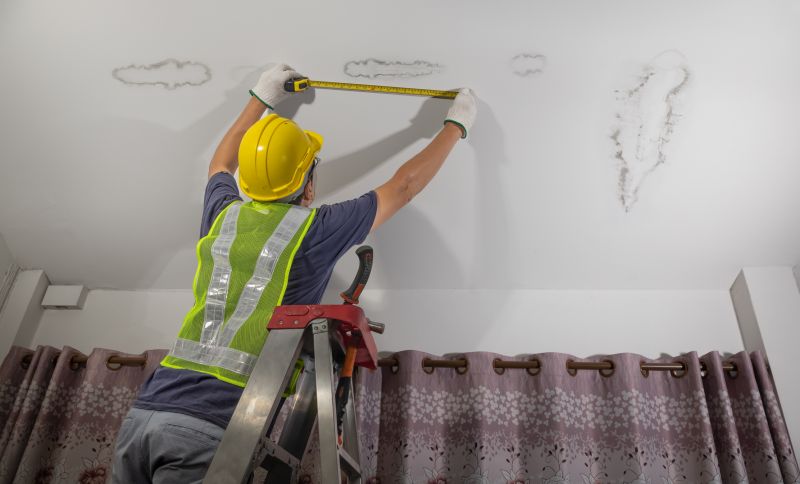
Little measurements that prevent headaches on Waterproofings day.
Waterproofings are essential for preventing water infiltration that can lead to structural damage, mold growth, and reduced durability of buildings. Modern waterproofing techniques involve a variety of materials such as membranes, sealants, and coatings designed to withstand harsh conditions and extend the lifespan of structures. Proper application timing ensures these materials perform optimally, providing long-term protection against water-related issues.

A 60-second routine that keeps Waterproofings looking new.
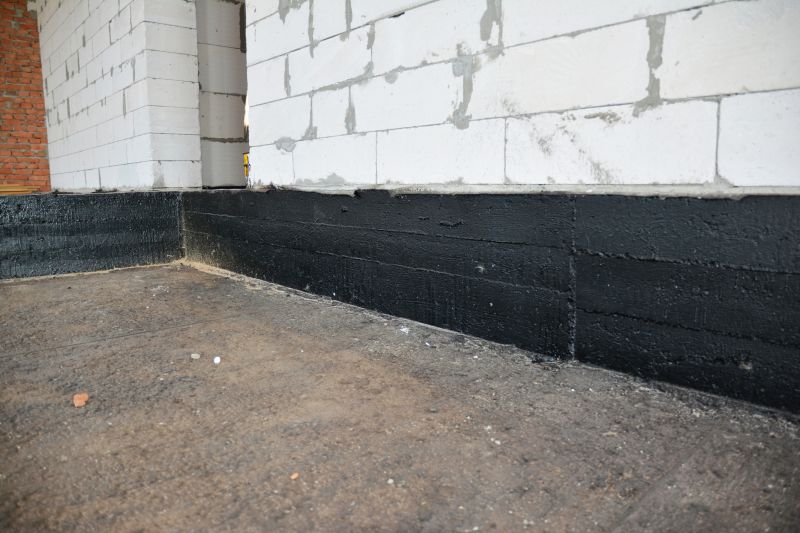
A frequent mistake in Waterproofings and how to dodge it.
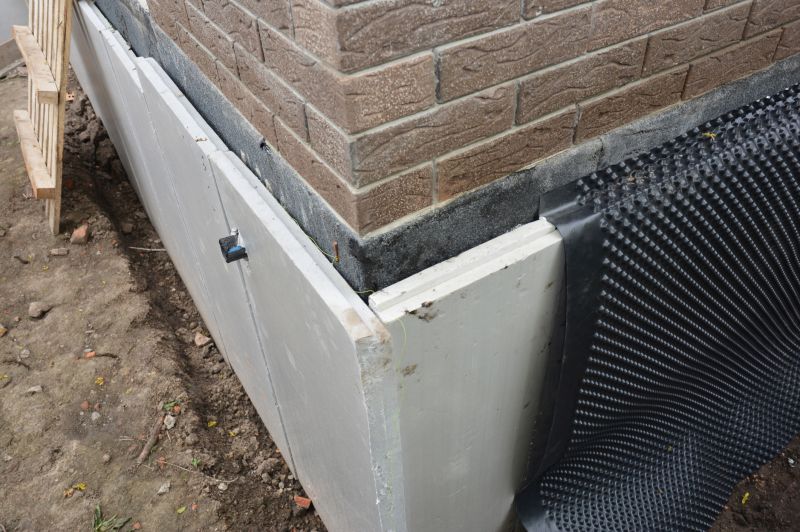
Small tweaks to make Waterproofings safer and easier to use.
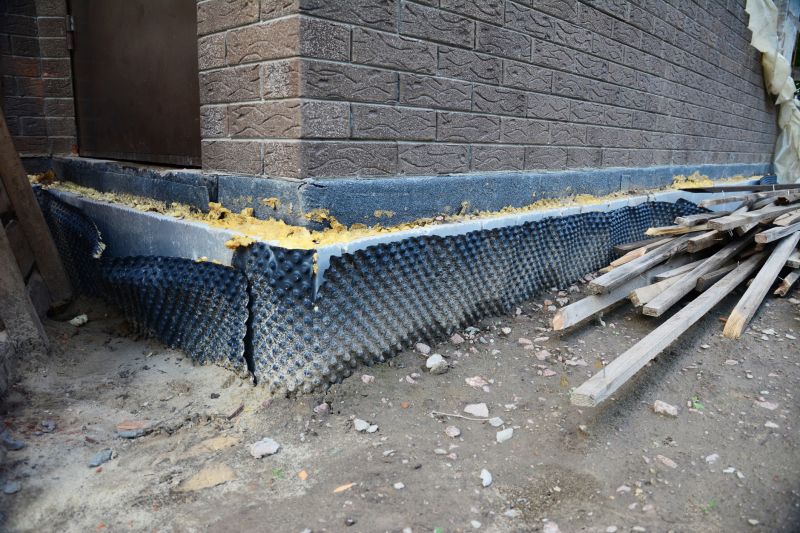
Lower-waste or water-saving choices for Waterproofings.
| Season | Optimal Waterproofing Time |
|---|---|
| Spring | Ideal for most waterproofing projects due to moderate weather conditions. |
| Summer | Suitable when humidity levels are manageable and temperatures are warm. |
| Autumn | Good for projects before the onset of colder weather and increased rainfall. |
| Winter | Generally not recommended due to low temperatures and potential for frost. |
| Post-Construction | Timing depends on project completion and weather conditions. |
Choosing the right time for waterproofing can significantly impact the durability and effectiveness of the waterproofing system. Proper timing ensures that materials bond correctly, cure properly, and withstand environmental stresses. Consulting with waterproofing specialists can help identify the most suitable period based on local climate conditions and project requirements.

